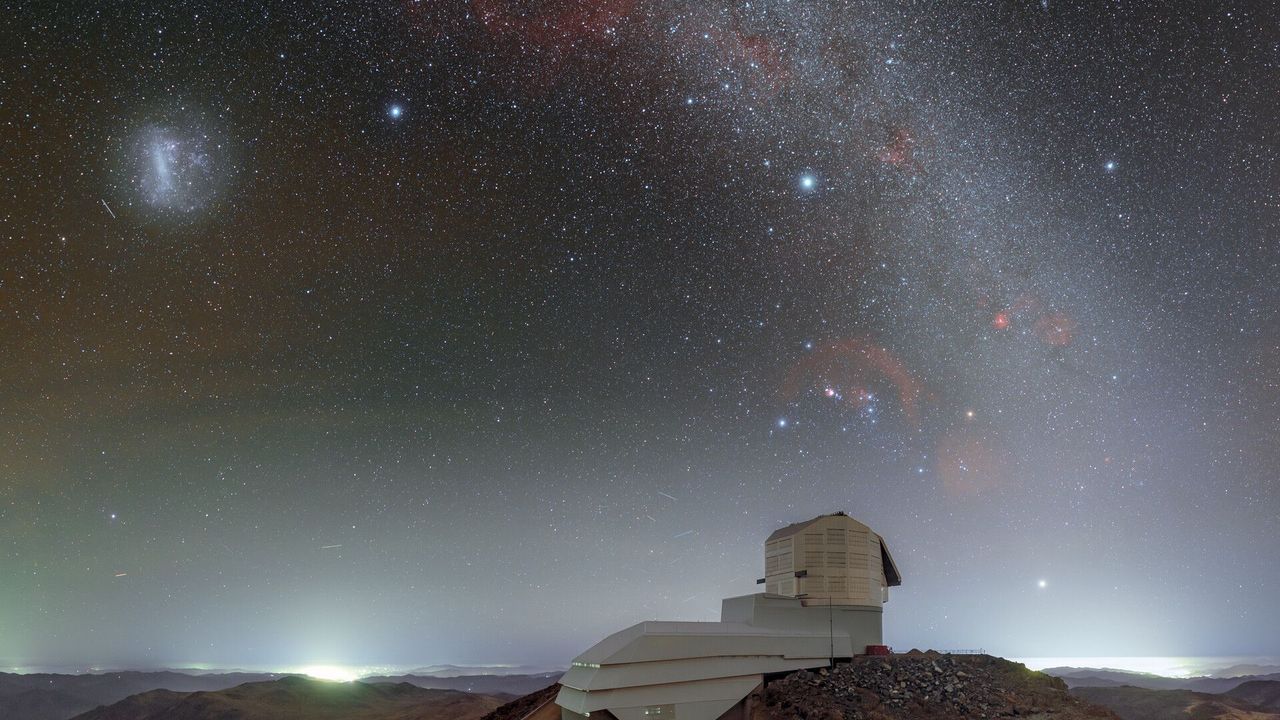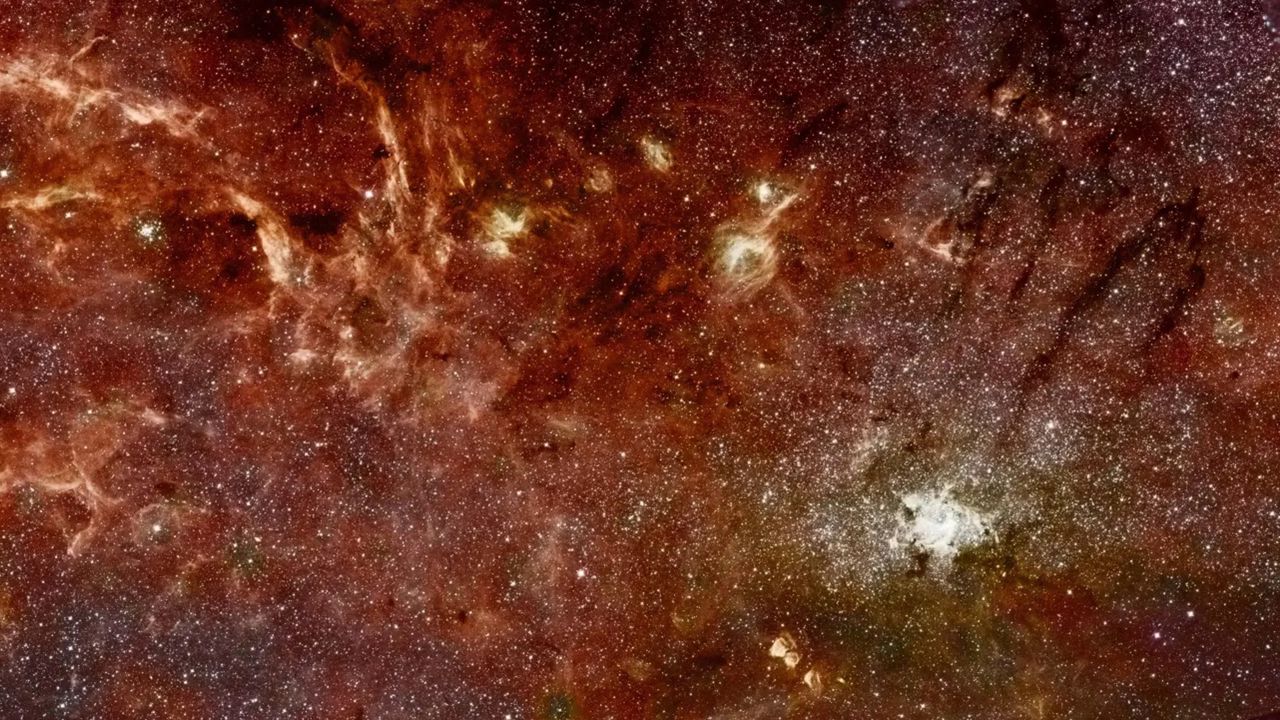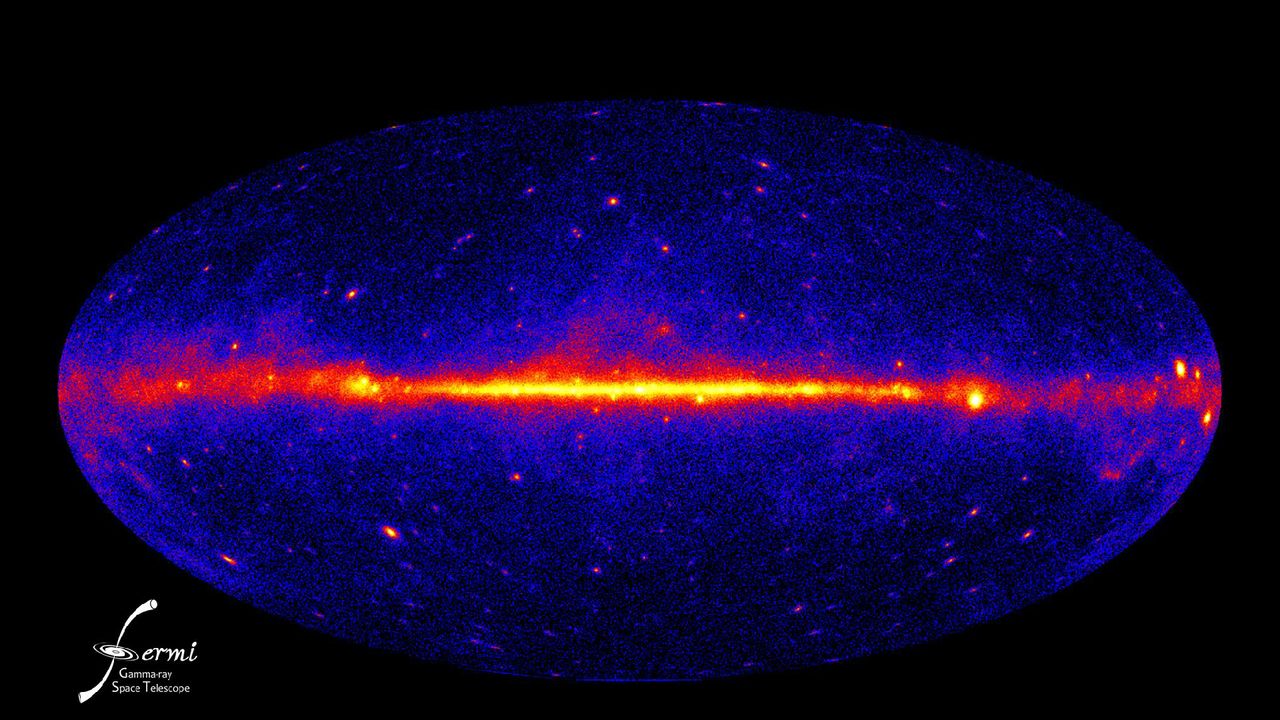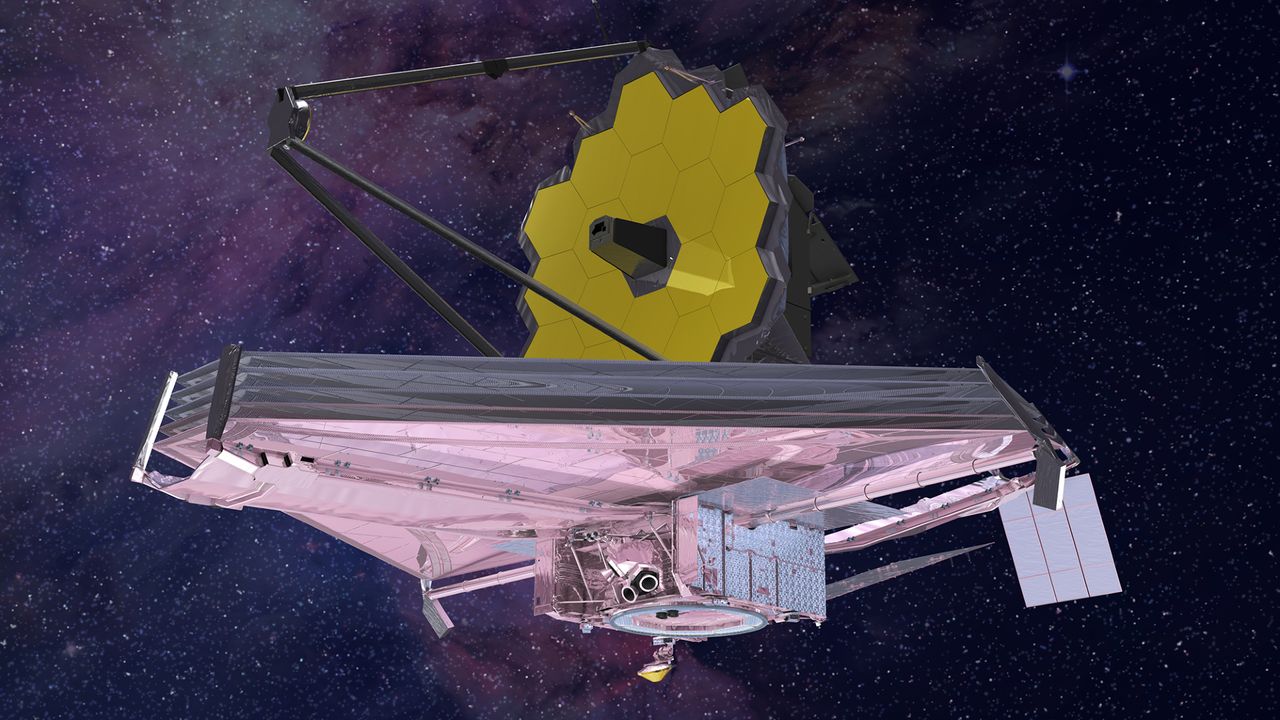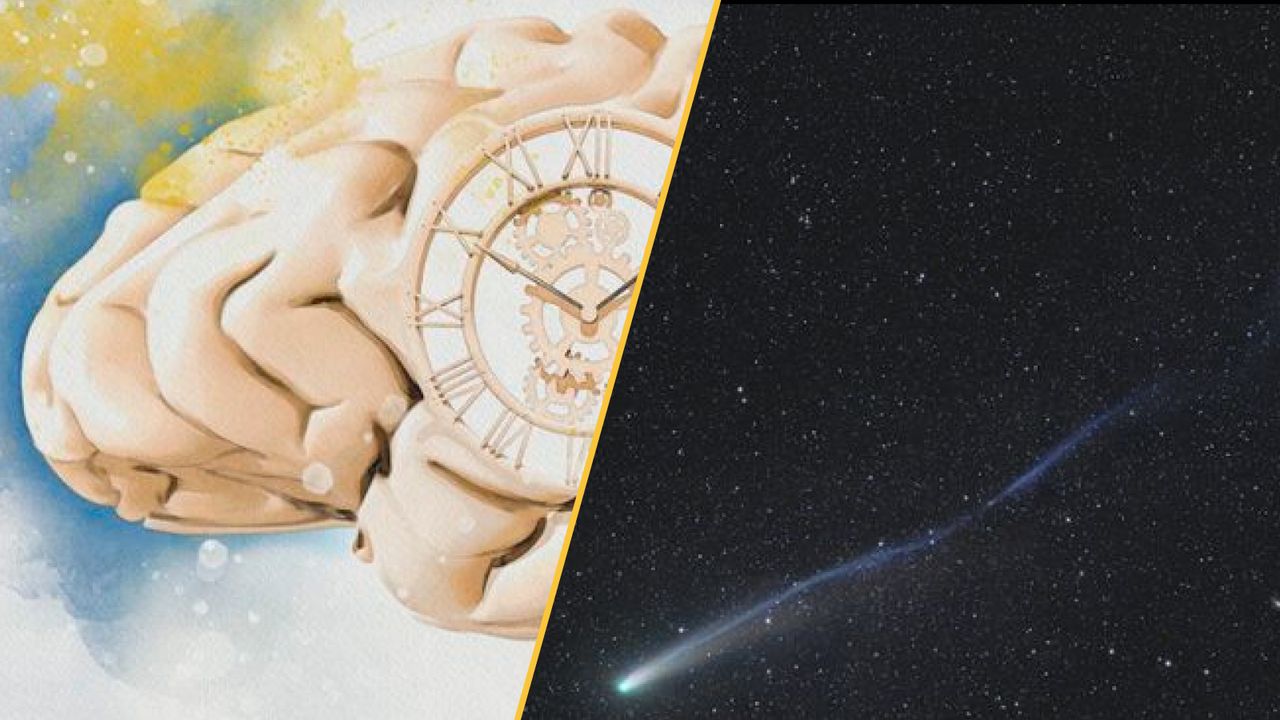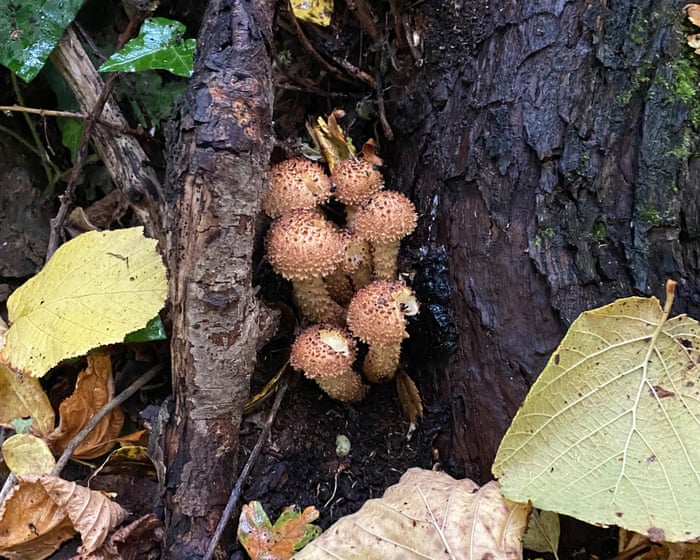Take a Look at Rare Photos of Red Lightning in New Zealand
PositiveScience
Three talented photographers have captured stunning images of the rare red sprite phenomenon in New Zealand, showcasing lightning flashes above thunderstorms against the backdrop of the Milky Way. This extraordinary event not only highlights the beauty of nature but also emphasizes the importance of capturing such fleeting moments, inspiring awe and appreciation for our planet's wonders.
— Curated by the World Pulse Now AI Editorial System
